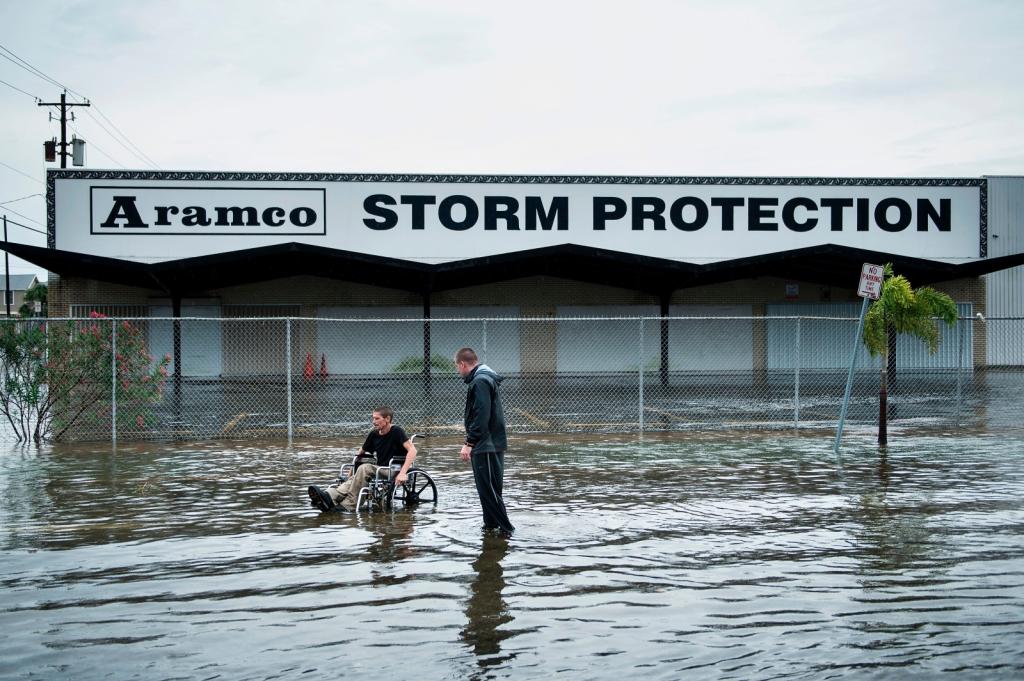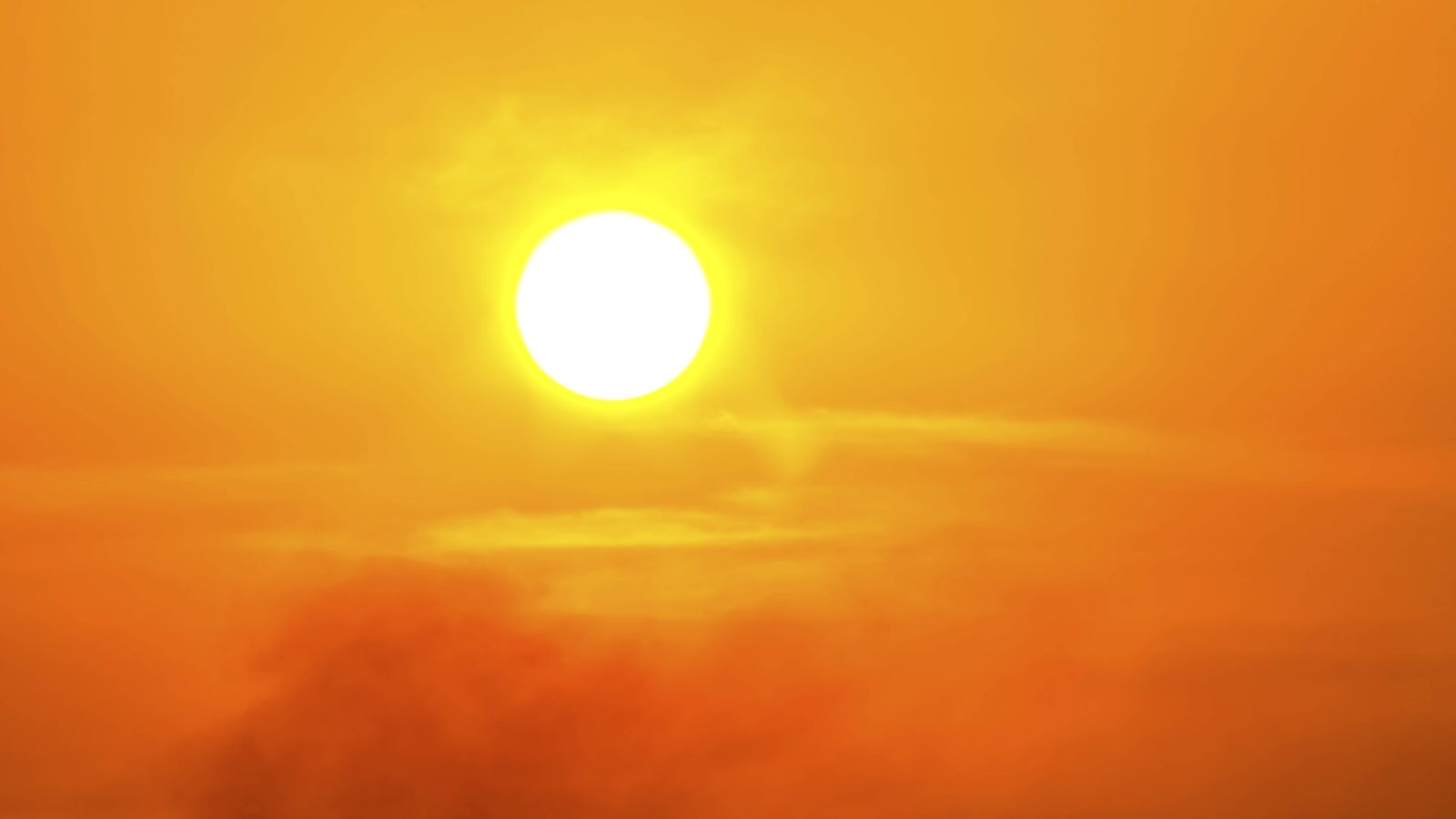Summer heat descended on the desert Southwest and parts of the Western U.S. over the weekend, breaking temperature records and prompting federal officials to issue excessive heat warnings for approximately 53 million Americans. The National Weather Service called the heat “oppressive” and said to expect critical fire weather conditions across a large portion of the Southwest and the Rockies through Monday.
More than 25 major U.S. cities tied or broke maximum heat records on Saturday. Las Vegas, Nevada, hit 109 degrees Fahrenheit, a temperature not felt in Sin City since 1956. California’s Death Valley reached 122 degrees. Phoenix, Arizona, clocked in at 114 degrees, the hottest day there in more than a century. Winds started pushing the heat east on Monday, which could bring sweltering temperatures and heat advisories to the upper Mississippi Valley, western Great Lakes, and Ohio Valley by midweek.
Triple-digit temperatures, while not unusual in the U.S. Southwest, are arriving earlier and more often in the summer season due to climate change. Worse, above-average temperatures are sticking around through the night — another consequence, climate studies show, of planetary warming. In the areas where officials issued excessive heat warnings this weekend, nighttime temperatures stayed above 75 degrees, which means people did not get a break from the heat during the night.
Medical experts around the world are becoming increasingly concerned that the 24/7 nature of heatwaves in recent decades is exacting a rising and deadly toll on public health. Already, excessive heat causes more deaths in America than any other weather-related disaster. Government analyses show that extreme heat claims up to 1,300 lives every year in the U.S., and an independent study indicated that the true number of heat-related deaths is several times higher. And heat-caused deaths are on the rise: Globally, such deaths rose 74 percent in nine countries between 1980 and 2016.
Everyone is susceptible to extreme heat — studies show an uptick in emergency room visits across multiple demographics during heatwaves. But young children, older adults, pregnant people, and the immunocompromised are especially vulnerable. A landmark study on rising temperatures and children published in January found heat increased children’s risk of blood, immune, and nervous-system diseases. Prolonged exposure to heat in elderly adults, who, like children, struggle with regulating their body temperature, can lead to hyperventilation, dehydration, and cardiovascular issues, which can result in premature death. And heat has peculiar and devastating impacts on people living with immune disorders. A study published last year that analyzed the impact of heat on people with multiple sclerosis found that periods of unusually warm weather were associated with an increased risk of inpatient and emergency department visits in patients with MS.
Of course, social factors can also make people vulnerable to heat. People who are incarcerated, live in neighborhoods without much green space, work outdoors, are homeless, or can’t afford air conditioning are especially at risk.
The rising health risks of summer-time heat has prompted some experts to give summer a new name: “danger season.” “Climate change has pushed a lot of these types of events into a new realm that is much more dangerous,” Kristy Dahl, a climate scientist at the Union of Concerned Scientists, told Grist’s Kate Yoder recently.
During a heat wave, limiting your exposure to heat by taking cool showers or baths, avoiding physical activity as much as possible during the day, and using an air conditioner if you have one can help you and your loved ones stay safe. So can knowing the warning signs of heat exhaustion, such as nausea, excessive sweating, and a rapid pulse.



